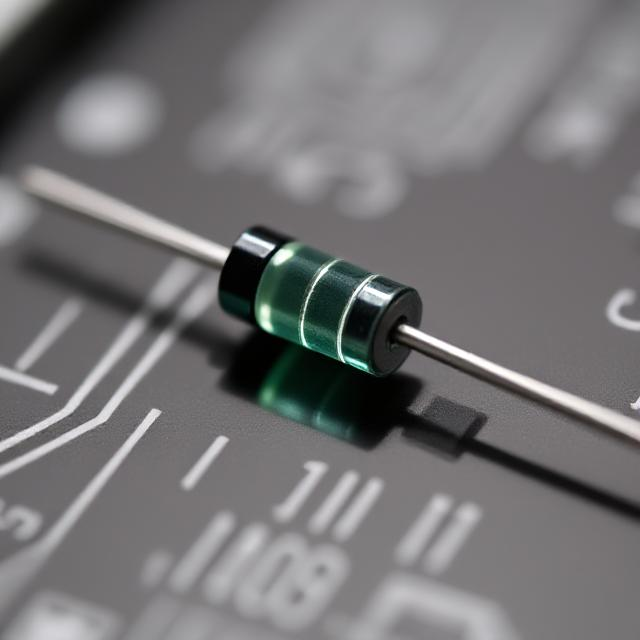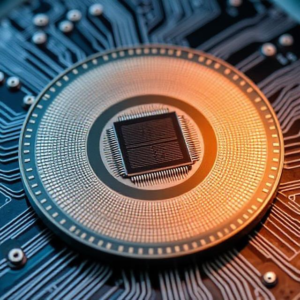An Integrated Circuit (IC), also known as a chip or microchip, is a set of electronic circuits that are fabricated onto a small piece of semiconductor material, usually silicon. The primary function of an IC is to consolidate many electronic components, like transistors, resistors, capacitors, and diodes, into a compact form. These components are then used to perform a specific function or set of functions, such as amplification, signal processing, or computation, within an electronic system.

Key Components of an IC
Integrated Circuits are made up of a combination of the following components:
Transistors:
The fundamental building blocks of modern ICs. A transistor is a semiconductor device that can act as an amplifier (boosting signals) or switch (turning circuits on and off).
Resistors:
Resistors control the flow of electrical current by offering resistance. They ensure that other components in the IC receive the right amount of current.
Capacitors:
Capacitors store and release electrical energy. In ICs, they help smooth out voltage fluctuations, filter signals, or temporarily store charge.
Diodes:
Diodes allow current to flow in one direction only. They prevent reverse current flow and protect components from damage.
Inductors:
While not as common in ICs, inductors are used in certain circuits (such as RF circuits) to store energy in a magnetic field.
These components are fabricated on a single piece of semiconductor material, usually silicon, which has been specially treated to control its electrical properties.
How It Works:
Imagine you’re using a smartphone. Inside it, many ICs control different functions, like processing information (like a CPU), connecting to the internet (like a Wi-Fi chip), or managing power (like a battery management IC). Each of these ICs is specialized for its task, and together they make the phone work smoothly.
Why are ICs Important?
Space-saving: Without ICs, electronic devices would be much larger and bulkier, because they would need a lot of individual components. ICs pack everything into a tiny chip, which makes devices more compact.
Efficiency: ICs help make electronics work faster and more reliably by allowing all components to communicate easily and efficiently.
Cost-effective: It’s cheaper to manufacture ICs than to build circuits from individual components. The mass production of ICs has made electronics more affordable and widespread.
Everyday Examples:
Your smartphone: It has many ICs like the processor, memory, and wireless chips.
Television: The ICs in your TV manage video signals, sound, and network connections.
Computers: The heart of your computer is the CPU (Central Processing Unit), which is an IC that processes all the data and instructions your computer uses.











